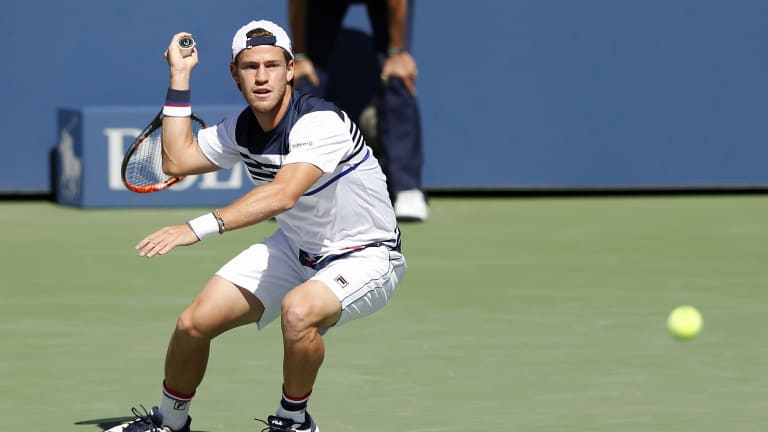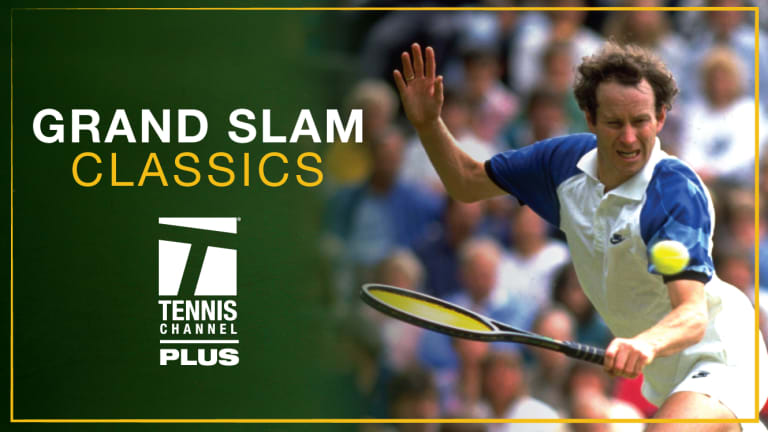Editor's note: Just before the US Open, 2017 International Tennis Hall of Fame inductee Steve Flink spoke at length with Diego Schwartzman, currently ranked 33rd in the world. The 25-year-old Argentine entered this summer with an 0-13 record against Top 10 players; in 2016, he lost in the first round of all four majors.
But the diminutive, 141-pound Schwartzman's fortunes have changed. In Montreal, he defeated world No. 7 Dominic Thiem and reached the quarterfinals. On Friday, Schwartzman—the No. 29 seed at the US Open—reached the fourth round of a Slam for the first time. He did so by defeating 2014 US Open champion Marin Cilic, 4-6, 7-5, 7-5, 6-4.
"The last game was terrible," Schwartzman said on court after it was over, referring to the break points he needed to save at 5-4 after having already failed to serve out the match at 5-2.
Schwartzman is an entertaining on the mic and on the court, as the crowds in Flushing Meadows have seen. For much more about this exciting player, read on.
When I spoke on the phone not long ago with Diego Schwartzman, there was only one way to start the conversation. I asked this diminutive player—who stands 5'7", weighs 141 pounds yet more than compensates with an exceedingly large supply of determination—how he had managed to rise into the upper ranks of his sport while surrounded by much taller and stronger colleagues? As I write, he is stationed at a career best No. 33 in the world, performing at a level he has never attained before, having the time of his life. And yet, almost every time he steps on the court, the physical cards seem to be stacked against him. How does he manage to thrive under these demanding circumstances as a tough little guy in a big man's world of tennis?
"When I started to play," he responds, "it was always like this for me, like it is right now. Always I was the smaller guy on the tour. When I was growing up in the junior tournaments in Argentina, and when I start to play Futures and Challengers, it was always like this. So I just try to focus on improving many things with my legs and my tennis on the baseline. I try to be more solid. I know I can't serve really fast or hit many aces in my matches but always this was true. I think I have improved many things. I am not thinking about my height in the matches."
Schwartzman speaks softly yet forcefully about what will be required for him to move to a loftier level in his trade. He places the serve at the top of his list of priorities. "I need to be more regular [consistent] with my serve," he asserts. "This year I have been serving a really good percentage with some aces, but I need to improve it even more. The second ball after the serve is also important against the big guys. I need to take control of the point because the top 10 or 15 guys are playing really fast on the court. I have to do that as much as I can."

